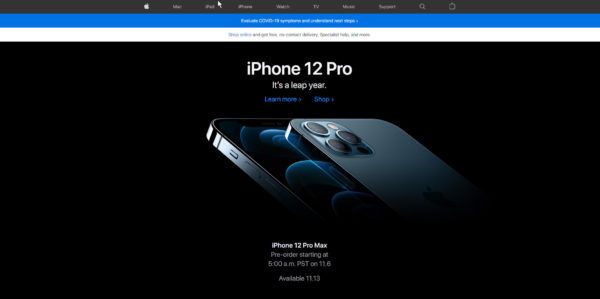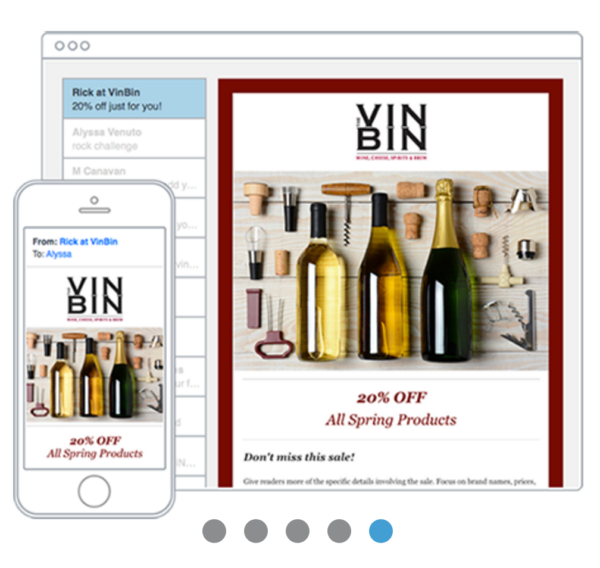
Every customer interaction matters.
And consistency throughout the customer experience builds brand awareness and trust with your target audience.
“A truly effective customer experience is focused on opening up new paths of communication, as well as creating a friendly brand tone, and aligning actions with brand intentions,” writes Michelle Polizzi, content coordinator at Brandfolder.
You want to invite customers to connect with you through multiple channels, then deliver the same quality product and helpful customer service, whether it’s communicated in person, via email, on social media, or through your website.
Start building a consistent customer experience today. Below are three strategies to help:
1. Write a clear mission statement
According to a Forrester study, customers are becoming increasingly dissatisfied with organizations delivering inconsistent cross-channel experiences.
To offer consistency, start be developing a clear mission statement.
A powerful mission statement affects every part of your business, from how you design products to how employees interact with customers.
“Your customer experience mission = How you want your customers to experience the brand, and, perhaps more importantly, how you want them to feel. The customer is the star of this statement,” says Jeannie Walters, founder of 360Connext.
Use your mission statement as a guidepost for each channel. What do you want to communicate and how do you want to make your customers feel?
Apple, for example, is known for its mission of innovation. Take a look at how they exemplify this on their website with clean design, an emphasis on their newest product, and futuristic copy.

To showcase your brand’s mission on your website, ensure that your site possesses design, copy, and functionality that directly maps to your mission and customer.
2. Deliver on your promise
Research reveals that “64 percent of people cite shared values as the main reason they have a relationship with a brand.” Customers shop with companies that emulate their life principles.
What you promise your customers underpins your branding. It’s that X factor that separates you from competitors.
Consider your brand promise as an extension of the customer experience.
“A brand promise is credible. If the customer experience doesn’t match the brand promise, the value of your brand is weakened,” states Kelsey Uebelhor, a product marketing manager at ProofHQ,
How do you represent your brand promise across channels?
Take your email marketing for example. When sending an email to your customers, you want to send a professional-looking email that showcases your business in a positive light and delivers value to your subscribers.
Use the essential elements of email design to make sure every message you send looks great and is compelling to your reader.
And use a mobile responsive email template to make sure your message looks great, no matter what device it’s viewed on.

3. Distinguish your voice
Your brand voice is how you communicate with the world.
Is your tone casual, friendly, and conversational? Corporate, safe, and reliable? Or fiery, inspirational, and supportive?
Brand voice is an intangible quality that speaks to the customer. It makes your business stand out and persuades people to take action with you.
Social media is a great example. Create a social media strategy firmly grounded in your brand voice. Whether communicating with customers or sharing content, it’s important to convey one meaningful message.
Check out how Nike incorporates its brand voice on Twitter. The athletic apparel brand uses an inspiring video of Professional Tennis Players, Venus and Serena Williams, along with a play on their slogan, “You Can’t Stop Sport” as a hashtag.
When one of us wins, we both win. You can’t stop sisters. #YouCantStopUs
https://twitter.com/i/status/1300435633458917377
— Nike (@Nike) 10:09 AM · Aug 31, 2020
Brand voice extends beyond text. Make sure your brand voice is also present in your visual elements, including your logo, images, videos, and infographics.
What’s next?
Consistency is key to the customer experience because customers desire familiarity when interacting with your brand.
Embrace your mission statement to build better websites. Demonstrate your brand promise in email campaigns. And use your brand’s voice on your social media platforms.



